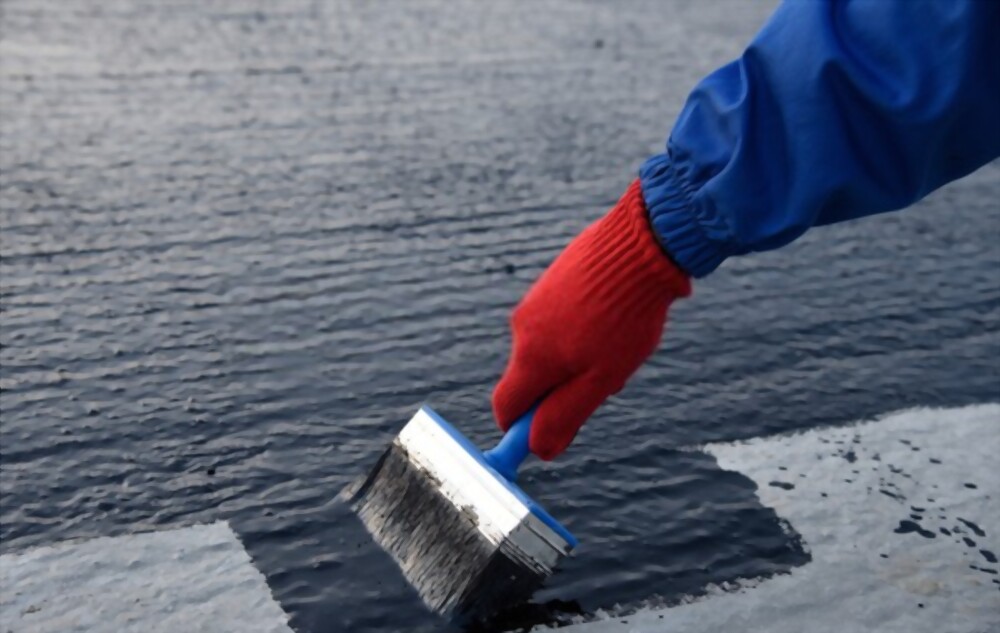The process of waterproofing is a vital aspect of maintaining the structural soundness and longevity of water tanks and pools, as well as homes and structures in overall. Damage from water can lead to costly repairs, health risks, and structural issues if left unaddressed. Whether you’re dealing with a basement that gets waterlogged during heavy rains or a pool that leaks, understanding the significance of adequate waterproofing techniques is necessary for any property owner. This article will walk you through the top practices in waterproofing, helping you secure your investment and ensure a secure environment for your family.
In an age where the results of water damage can be devastating, knowing how to efficiently waterproof your structures becomes increasingly important. From debunking common waterproofing myths to discussing the distinctions between interior and exterior solutions, we will address everything you need to know about mitigating water-related issues. Participate as we delve into how waterproofing can save you a significant amount in repairs and the clues that show your property might need urgent attention. This thorough approach will equip you with the insight necessary to address waterproofing head-on and make educated decisions for your home projects. ### Essential Waterproofing Practices
Successful waterproofing starts with comprehending the specific requirements of your property. Assessing areas that are most susceptible to water damage is crucial. Common problem areas such as basements, roofs, and pools need special care. Routine inspections can aid in detecting current problems or future threats. Implementing a routine maintenance schedule can ensure that these areas remain in good condition, preventing water seepage before it becomes a costly problem.
Selecting the appropriate waterproofing technique is vital for enduring defense. When it comes to basements, look at both internal and external options, as each offers unique benefits based on your home's architecture. Roof waterproofing is another critical area; flat roofs, in particular, benefit from specialized coatings that prevent leaks. Swimming pools require a comprehensive waterproofing approach to prevent leaks and cracks, ensuring they remain safe and enjoyable for years. Understanding the right product for each application will not only enhance effectiveness but also contribute to the longevity of your structures.
Lastly, hiring a professional waterproofing contractor can make a significant difference in the success of your waterproofing efforts. Qualified experts can offer customized strategies that meet the unique challenges of your property. They can also help debunk common waterproofing myths, ensuring you invest in methods that truly work. Utilizing Aluneed basement waterproofing can protect your investment and reduce the chance of costly repairs in the future.
Frequent Waterproofing Fallacies
Numerous homeowners think that waterproofing is merely essential for spaces that are regularly subjected to water, like cellars and washrooms. This myth can lead to neglecting other areas including roofs and decks, which are equally vulnerable to water damage. Failing to waterproof those spaces can result in major structural issues over time, such as fungal growth and deteriorating materials. Proper waterproofing should be considered for all parts of a home, instead of just the easiest to see areas.
Another frequent misconception is that all waterproofing products are the same. In fact, various materials and solutions are designed for specific purposes and settings. For case, the waterproofing needed for a shower differs from that required for a cellar. Using the unsuitable type can result in insufficient protection and expensive repairs. Homeowners should perform thorough research or obtain professional guidance to pick the appropriate products for their needs.

Certain people also assume that once a structure has been waterproofed, little further maintenance is required. https://yamcode.com/in-what-way-the-act-of-waterproofing-can-increase-the-overall-asset-va is misleading, as waterproofing systems can degrade or become damaged over time due to environmental factors or structural shifts. Routine inspections and maintenance are crucial to guarantee continued effectiveness. Ignoring this aspect can cause serious water damage and repair costs, undermining the initial investment in waterproofing.
Determining the Best Waterproof Options
As for picking waterproofing solutions, understanding the specific needs of your property is vital. Different areas of a home may require unique approaches, such as interior compared to exterior waterproofing. For example, lower levels may need more robust methods to combat moisture from the soil, while roofs require solutions that withstand harsh climatic conditions. Evaluating the environment, weather patterns, and the overall structure will guide you toward the most suitable waterproofing options.
It's also important to consider whether to take a DIY strategy or engage a contractor. DIY tasks can cut money, but they often come with risks if not done accurately. Get more information may be more economical in the long run, as they typically include guarantees and comprehensive reviews. Knowing the pros and drawbacks of each choice can help you make educated decisions that align with your financial plan and home’s needs.
Finally, investigate various waterproofing solutions available in the industry. From coatings to membranes, the suitable product can enhance protection against moisture damage significantly. Look for choices that are environmentally friendly and have a verified track record. Look into reviews, ask for recommendations, and don’t be reluctant to consult waterproofing experts to ensure you choose trustworthy options that will provide enduring protection for your building or building.
